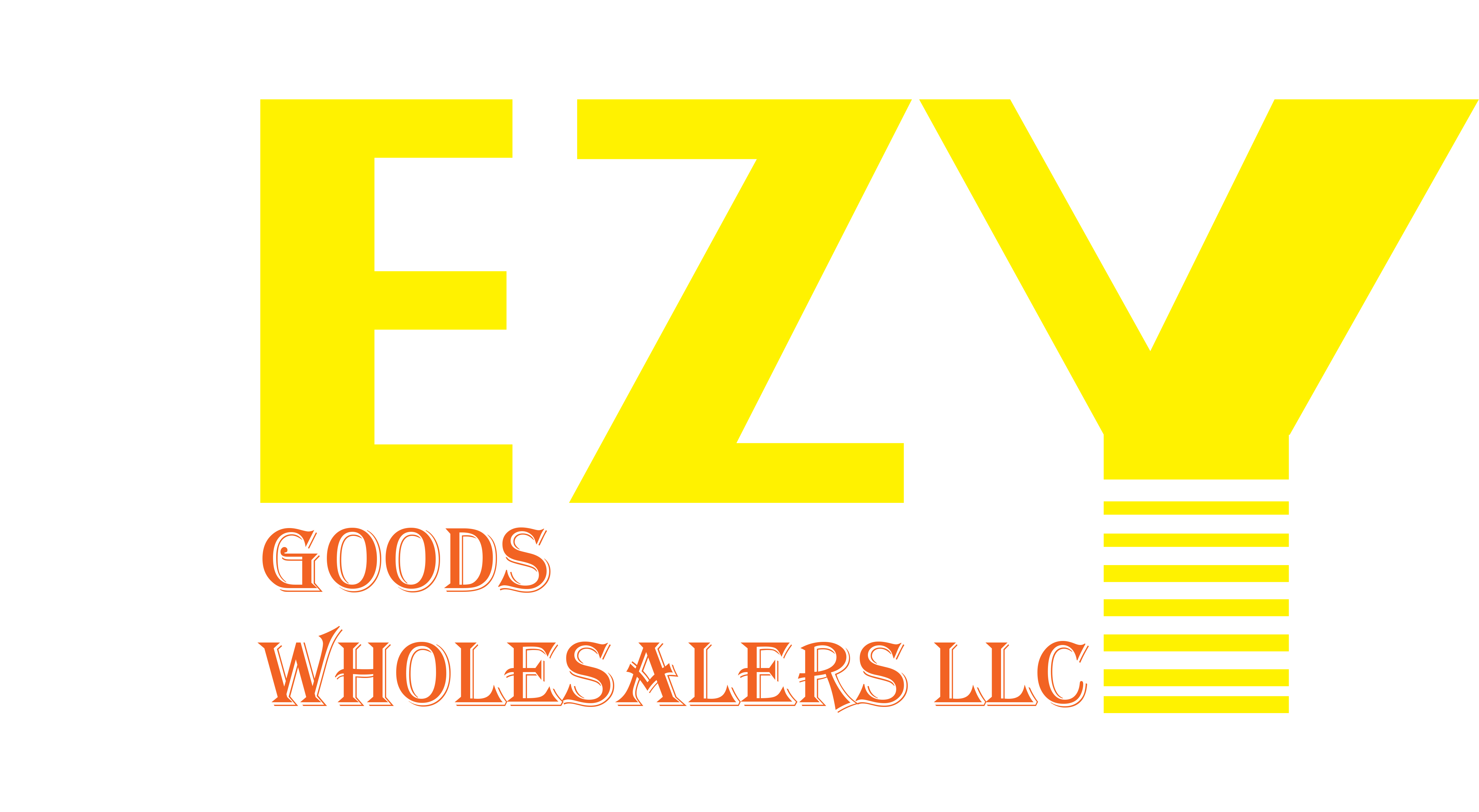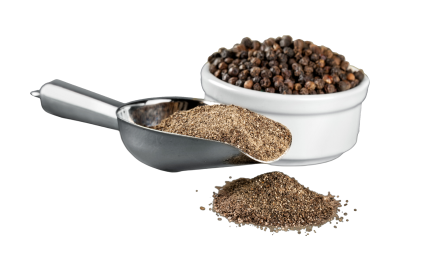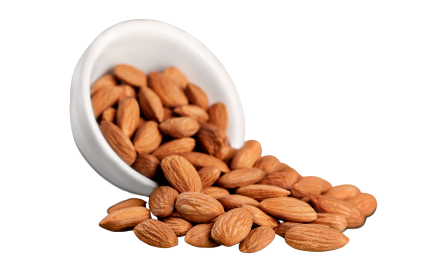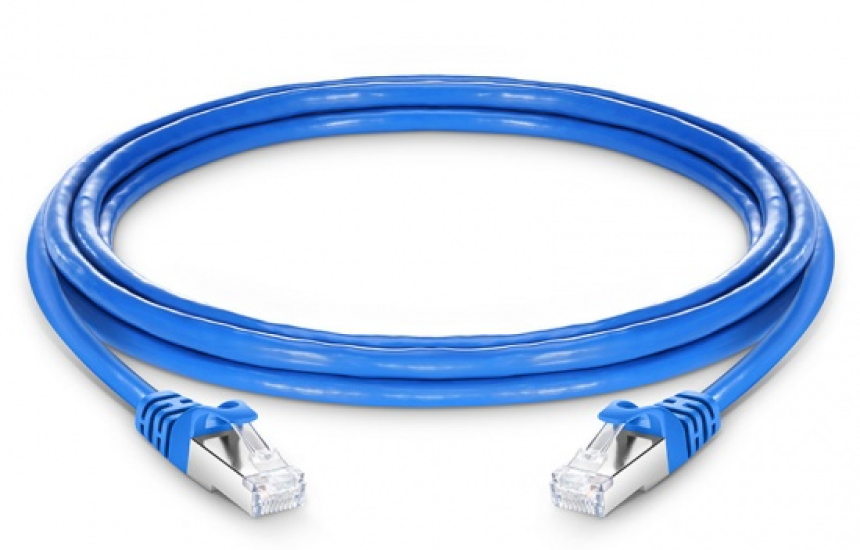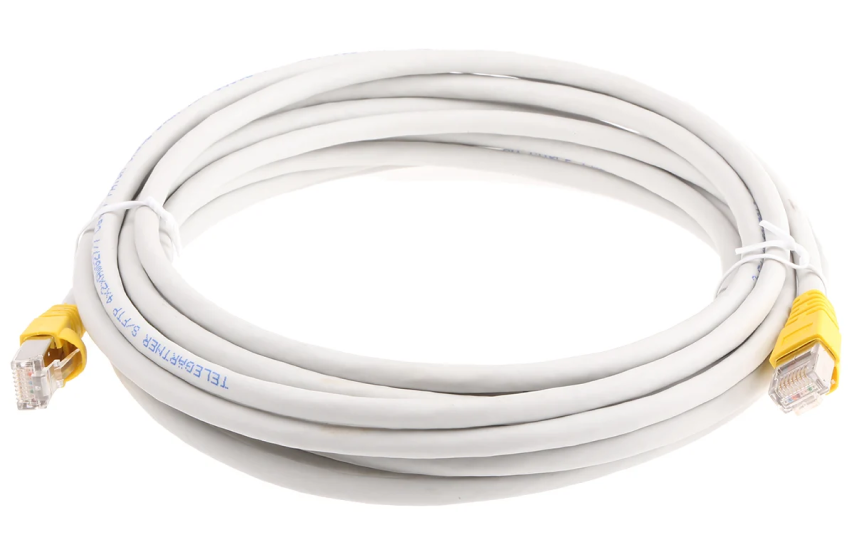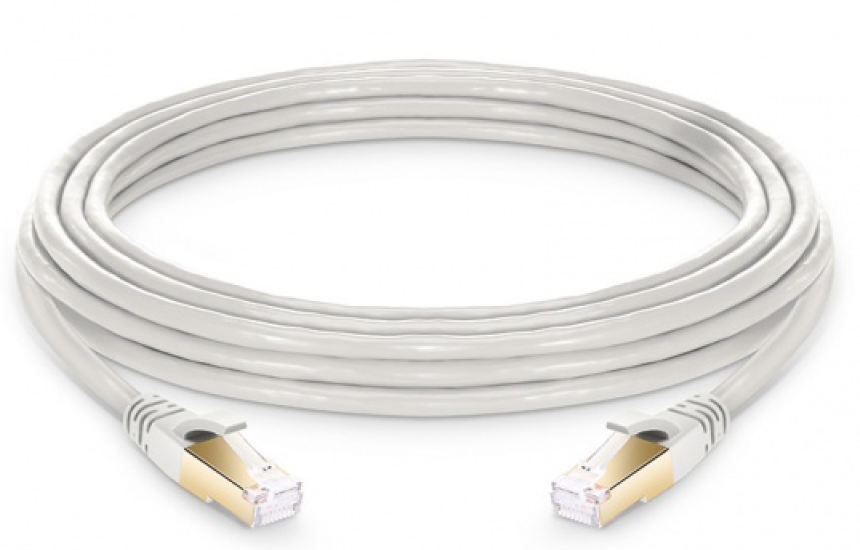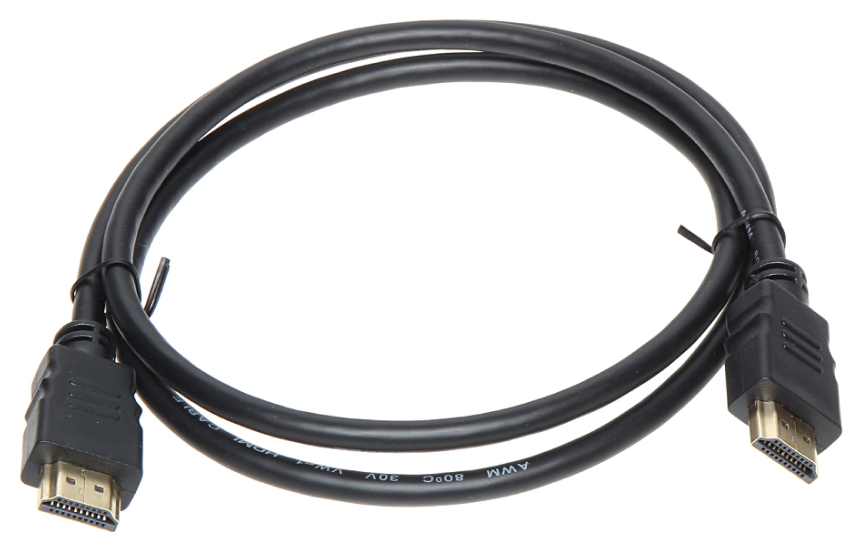Showing all 7 results
Categories
Product categories
Top rated products
Cat 5e
- In the box: 14-foot rj45 cat-5e network ethernet cable
- Convenient: connects computers and peripherals such as printers to a local area network (lan)
- Universal connectivity: works with computers and network components, such as routers, switch boxes, network printers, and network attached storage devices
- Fast data transfer: can transmit data at speeds of up to 1000 mbps (or to 1 gigabit per second)
- Rj45 connectors: gold plated for accurate data transfer
Cat 6
Our Category 6 Copper Cable offers a wide range of options for your CAT 6 network. Some options that are available include small diameter, snake, industrial, non-bonded, and patented Bonded-Pair. The 10GXS Cable is the industry’s gold standard for performance, while, Belden’s newest cable, 10GXW, is the industry’s smallest-diameter Category 6 cable designed for smart building and multi-gigabit applications with performance optimized for in-building wireless networks.
Cat 7
Cat7 and Cat7a 10 Gbps Ethernet cabling is widely used across a number of industries demanding high performance networking and data transfer infrastructure. It’s also quickly becoming very popular with enthusiast home users looking to get the optimal performance out of their own systems and networks.
Cat 7a
- Enhanced reliability: Robust design ensures performance for years to come
- Future-readiness: Enable future expansion of the network with speeds of 10Gb/s and beyond
- Performance stability: Shielding protects signals from interference, allowing installation near electrical cabling
Cat 8
Ethernet is a system of wires and cables that connect devices and hardware to create an organization’s interconnected network. Most networks utilize copper cable or fiber-optic cable for connectivity.
Each of these cable types has pros and cons for increasing network speed, lowering latency, improving reliability, and preventing security threats. Copper cable is more flexible and cost-effective, but fiber-optic cable provides better performance and safety.
Fiber optic cables
A fiber optic cable is a network cable that contains strands of glass fibers inside an insulated casing. They’re designed for long-distance, high-performance data networking, and telecommunications. Compared to wired cables, fiber optic cables provide higher bandwidth and transmit data over longer distances. Fiber optic cables support much of the world’s internet, cable television, and telephone systems.
HDMI cables
The HDMI interface allows a port to send high-resolution digital video, theatre-quality sound and device commands through an HDMI connector and down a single HDMI cord, each designed to support a video resolution and features in the HDMI specification.
